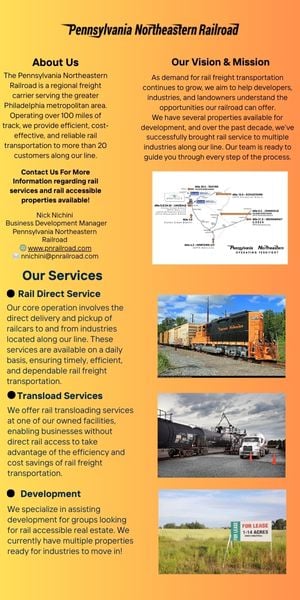Why Connectivity in Commercial Real Estate is Just as Important as Location

Modern facilities require strong internet connections to help tenants conduct business and to power the growing trend of investments in smart building technologies.
A new factor is rising in importance for commercial properties — quality connectivity. Tenants expect commercial buildings to provide reliable, high-speed, customized internet access. Connectivity is an essential feature that satisfies tenants’ requirements and ultimately affects commercial building occupancy rates.
Increasing Importance of Connectivity in Commercial Property
Studies confirm that most tenants view connectivity and location as necessities when selecting commercial real estate. A 2018 WiredScore report indicates 90% of tenants surveyed in major metropolitan areas ranked location as the most important factor in leasing office space. Internet connectivity and quality followed a close second among 87% of respondents. Research also reveals that connectivity can boost property valuation. A 2015 white paper by the Fiber Broadband Association found a fiber connection added an average of 3.1% to a property’s value. These valuations jumped by an additional 1.8% for properties with connectivity speeds of 1Gbps or more because a growing number of tenants expect not just connectivity but fast, high-quality internet connections.
Since there is no one-size-fits-all solution for connectivity, commercial properties need to offer internet access options that appeal to a broad range of tenants. Some may be satisfied sharing connectivity with other building or business park tenants. Other tenants may require dedicated dark fiber connections for reliable high-speed, high-capacity connectivity. For example, tenants that have migrated mission-critical, high-bandwidth applications to the cloud will almost certainly need dedicated connections, as well as those offering co-location or web hosting services.
Digital Transformation and Tenant Workplace Changes Drive Connectivity Requirements
“Connectivity, connectivity, connectivity” is fast becoming commercial real estate’s new mantra, and digital transformation is a key element driving this. Cloud-based applications such as collaboration and productivity tools (e.g., Zoom and Slack) are transforming how and where a business is conducted, along with SaaS (software as a service), PaaS (platform as a service), UCaaS (unified communications as a service), CCaaS (contact center as a service), and IaaS (infrastructure as a service) applications. Moreover, a massive paradigm shift is occurring as companies adopt a hybrid workplace model that supports in-office and remote working. Although this rapid change in workplace policies was in response to the COVID-19 pandemic, it is becoming the new norm rather than the exception.
Additionally, tenants are focused on maintaining a modern network, and chances are they have utilized (or considered using) newer applications such as SD-WAN (software-defined networking in a wide-area network) and SASE (secure access service edge) technologies. These offer flexible, secure and scalable connectivity that exceeds the status quo. If a commercial real estate building wants to stay on the bleeding edge of telecom infrastructure innovation, partnering with the providers of these new technologies will go miles to set it apart from the competition.
Other Ways Connectivity is Shaping the Commercial Real Estate Industry
Connectivity goes beyond enabling tenants to have a basic LAN with full-strength WiFi bars on their laptops or supporting dedicated internet speeds and uptimes (or best efforts, for that matter). Savvy tenants are interested in smart building technologies and automated building management, which further drive the need for connectivity.
For example, remote lighting control and temperature management, driven by IoT (Internet of Things), are becoming expected features rather than luxuries. This is particularly relevant in a time of lowered occupancy rates and hybrid workplace models. Tenants and property managers can save on overhead expenses by using smart building systems to only light up and heat or cool the areas in use.
Smart building systems can also track usage data and be programmed to make changes in response to external temperatures and real-time occupancy. To provide such capabilities, buildings need both internet connectivity and equipment such as sensors for temperature and motion connected to IoT devices.
The Future of Commercial Real Estate: 2021 and Beyond
Commercial property owners and managers must be agile, with the ability to quickly pivot to accommodate evolving tenant requirements and respond to disruptive events such as the COVID-19 pandemic. Digital transformations and changing workplace models have had a significant impact on commercial properties in recent years, so imagine what the next five years will bring.
Energy efficiency initiatives may dictate the greater use of smart building technologies. There could be a permanent reduction in business travel, with companies relying more on cloud-based communication and collaboration tools. Cloud-based infrastructure could continue to replace on-site data centers, decreasing the square footage tenants require while increasing their need for reliable high-bandwidth internet access.
Regardless of what may come, one thing is undoubtedly here to stay — an ever-increasing demand for internet connectivity and capacity. Now is the time to conduct strategic reviews and invest in the future. Making sound, data-driven decisions can help commercial real estate companies weather the storm today and future-proof their properties. Those who wait risk being eclipsed by more forward-thinking competitors.
Dennis Thankachan co-founder and CEO of Lightyear.





